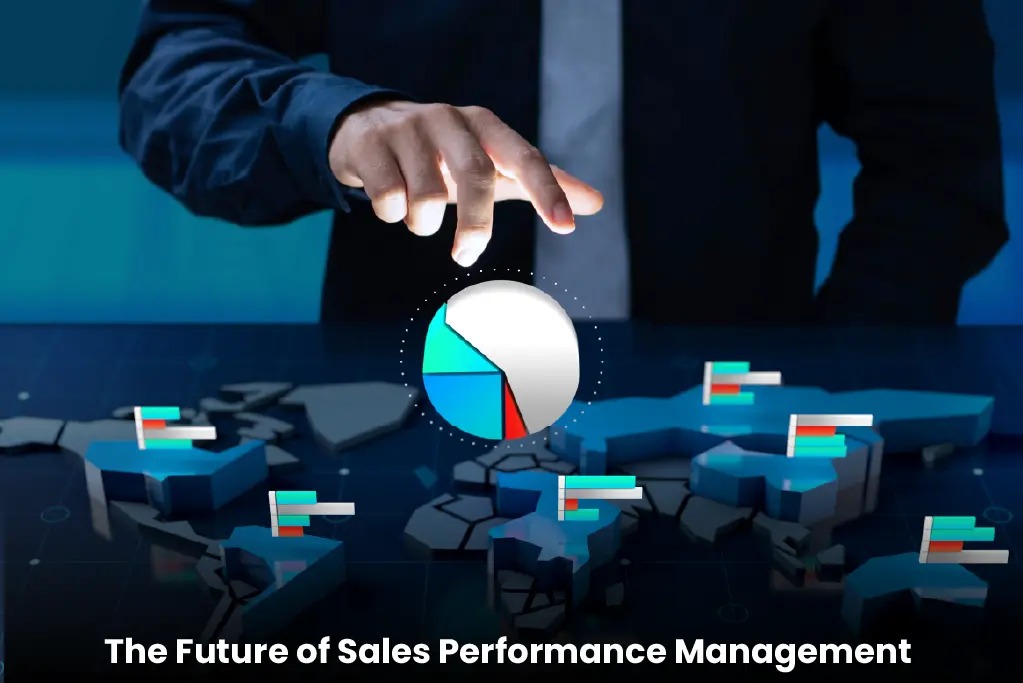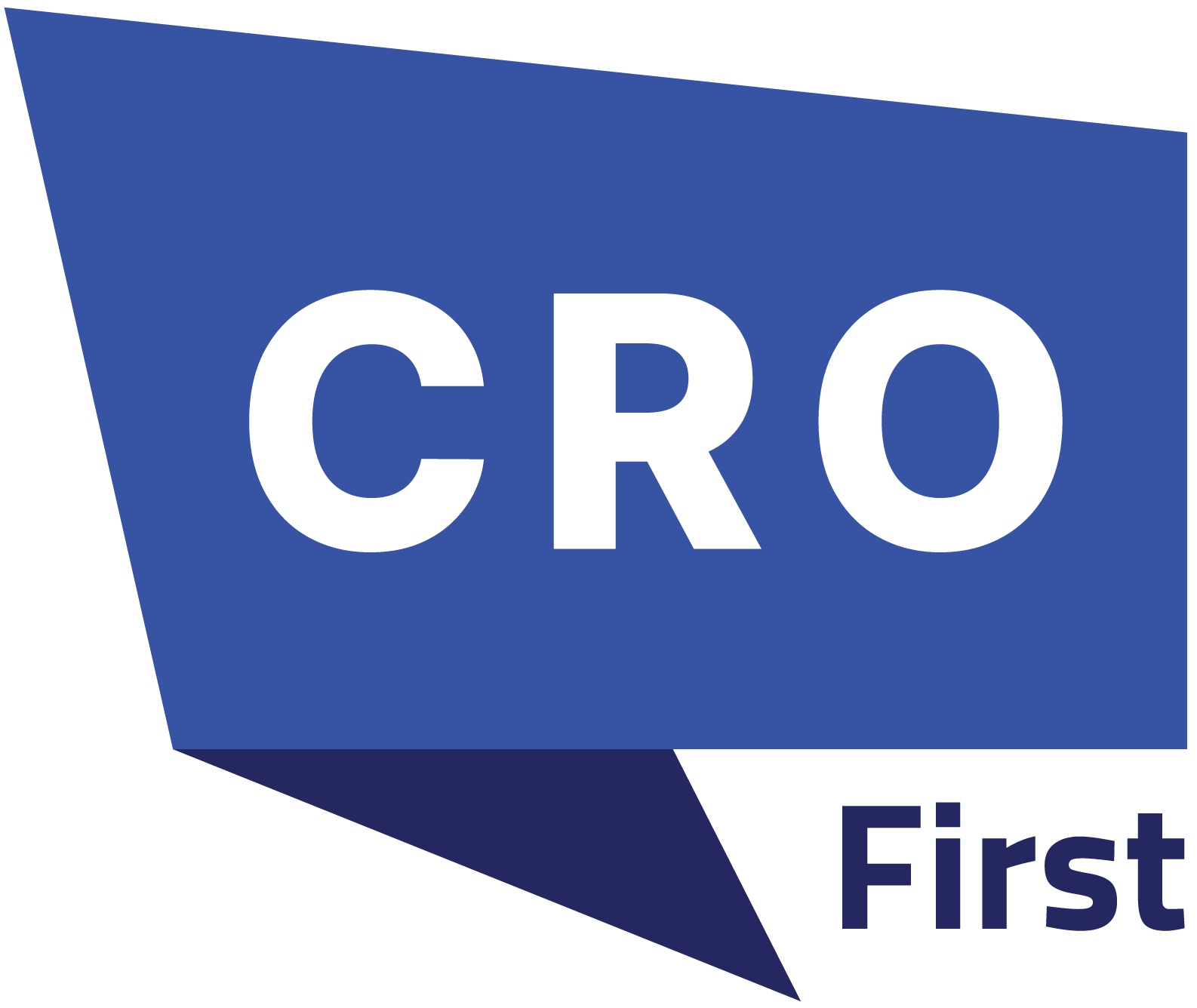In the fast-changing world of B2B tech, the Chief Revenue Officer (CRO) plays a vital role. To survive, businesses must optimize sales performance. Revenue goals are rising, and competition is increasing. Sales Performance Management (SPM) is essential for teams. It connects strategy, execution, and results. Marketing leaders, such as CMOs and VPs of Marketing, must grasp how SPM connects to business goals. This understanding is key for achieving sustainable growth.
This guide explores strategies, tools, and mindset changes. These elements can turn SPM into a proactive growth engine. Revenue teams can unlock new potential by blending data insights with a focus on people. This approach fosters a culture of accountability, agility, and innovation.
The Evolution of Sales Performance Management
Sales Performance Management has evolved past just tracking quotas and commissions. Modern SPM is a broad approach. It brings together sales strategy, compensation planning, territory design, and performance analytics in one easy framework. It’s about building a partnership where individual seller success boosts company goals. Recent data from Sales Insight Lab shows that 61% of salespeople consider selling harder or much harder than just five years ago. Sales operations are becoming refined and customer expectations are becoming complex. Thus, robust sales performance management practices have become the need of the hour.
Also Read: What Is Revenue Enablement? A Complete Guide for B2B Businesses
Today’s revenue leaders face many challenges. Deal cycles are shorter. Buyer expectations are changing. Also, there are more AI-driven sales tools. In this environment, static compensation plans or siloed performance metrics no longer suffice. SPM needs to adjust to market changes quickly. This helps teams shift gears fast while still keeping an eye on long-term goals.
A global SaaS company updated its SPM strategy. It replaced yearly quota reviews with quarterly goal-setting sessions. Aligning pay incentives with new product launches and customer goals helped the organization. They noticed better teamwork across departments and a double-digit rise in revenue year-over-year.
Aligning Sales Strategy with Business Goals

Effective SPM starts with making sure each sales activity backs key business goals. Misalignment between sales tactics and corporate strategy often wastes resources. This can frustrate teams and lead to missed opportunities.
To bridge this gap, CROs and marketing leaders must first articulate a clear vision. What does growth look like for the organization? Is the goal to grow market share, explore new areas, or boost customer lifetime value? Once these goals are defined, they must be translated into actionable sales metrics.
Take the case of a cybersecurity firm aiming to penetrate the healthcare sector. The marketing team created focused campaigns on compliance solutions. Meanwhile, sales leaders changed territory assignments to focus on healthcare prospects. Compensation plans changed to reward deals in this area. This led to more qualified leads and closed contracts. Key to this alignment is collaboration between sales and marketing.
Regular strategy sessions, shared KPIs, and integrated data platforms ensure both teams operate from the same playbook. When marketing’s lead generation efforts are tightly coupled with sales’ conversion strategies, the entire revenue engine runs more efficiently.
Building a Data-Driven SPM Framework
In an era where data is abundant but insights are scarce, the ability to distill actionable intelligence from sales metrics separates high-performing organizations from the rest. A robust SPM framework leverages advanced analytics to identify trends, predict outcomes, and prescribe corrective actions.
Start by auditing existing data sources. CRM systems, ERP platforms, and customer success tools often house a wealth of underutilized information. Are there patterns in win rates across regions? Do certain product bundles outperform others during specific quarters? Are top sellers consistently exceeding quotas due to unique behaviors or processes?
Predictive analytics can take this a step further. By analyzing historical data and external market variables, AI-powered tools forecast pipeline health, flag at-risk deals, and recommend optimal resource allocation. For instance, a fintech company used machine learning to identify that deals closed by sellers who engaged technical specialists early in the cycle were twice as likely to upsell. This insight led to a revised sales process, embedding technical consultations into discovery calls.
However, data alone isn’t enough. Marketing leaders must champion a culture where data literacy is prioritized. Training programs, role-specific dashboards, and regular performance reviews help change behavior using insights.
Incentivizing the Right Behaviors
Compensation plans are crucial to SPM. However, many organizations still use old models. These models focus on quick wins instead of long-term growth. Hybrid work and complex sales cycles require a smarter way to handle incentives. Traditional commission structures often inadvertently reward undesirable behaviors. Focusing too much on deal volume can make sellers lower prices too much. This can hurt their profit margins. Conversely, overly complex bonus criteria can demotivate teams if goals feel unattainable. Progressive organizations are adopting balanced scorecards that reward both quantitative and qualitative metrics. Revenue targets are important. So are customer satisfaction scores, cross-selling ratios, and mentorship contributions. A cloud infrastructure provider, for example, launched a ‘customer advocacy’ bonus. This rewards sellers for building long-term relationships instead of just chasing quick deals.
Transparency is equally vital. Sellers feel more motivated and trusted when they know their pay. They also like tracking their progress. Gamification elements, such as public leader boards or milestone badges, can further amplify engagement. Leveraging Technology to Scale SPM Efforts
The right technology stack is the backbone of scalable SPM. Many teams still struggle with disconnected tools. These create data silos and slow down work. The answer is to use integrated platforms. These platforms bring together compensation management, performance tracking, and analytics.
Modern SPM software has features like:
Automated commission calculations
Scenario modeling
AI-driven coaching tips
These tools cut down on manual errors. They also let sales leaders focus on strategic initiatives. A mid-sized software company cut its commission processing time. It did this by automating payouts linked to real-time CRM data. This change reduced disputes and improved seller morale.
Integration with existing systems is crucial. SPM platforms must connect easily with CRMs, HRIS, and ERP systems. This connection helps keep data consistent. Mobile-friendly interfaces let remote or field teams access performance metrics anywhere. This boosts accountability and agility. Marketing leaders must work closely with IT and sales operations. This teamwork is crucial for choosing and using the right tools. Pilot programs, user feedback, and constant upgrades help technology serve the organization better.
Cultivating a High-Performance Sales Culture
No SPM strategy can succeed without a culture that supports excellence.
High-performance sales cultures focus on three main areas:
Continuous learning
Psychological safety
Customer value
Start by redefining what ‘performance’ means. Beyond hitting quotas, top teams prioritize skill development, adaptability, and ethical selling practices. Coaching sessions, peer learning groups, and industry certifications help sellers improve their skills. Psychological safety plays a pivotal role. When sellers feel safe, they take risks, voice concerns, and try new tactics. This is when innovation thrives. A global logistics company credits its recent market share gains to a cultural shift. This change encouraged sellers to try new negotiation strategies without worrying about consequences.
Leadership visibility is another cornerstone. CROs and marketing heads who work with frontline teams show that revenue growth requires teamwork. They join customer calls, attend pipeline reviews, and share market insights. This method builds trust and brings up grassroots ideas that can shape strategy.
Navigating Common SPM Pitfalls
Despite its potential, SPM implementation is fraught with challenges. One frequent misstep is overcomplicating the process. Too many metrics or complicated incentives can overwhelm teams. This may cause analysis paralysis. Simplicity, clarity, and consistency are non-negotiable. Another pitfall is neglecting change management. New tools or processes can cause resistance if communication and training are poor. Successful organizations engage stakeholders from the start. They see SPM as a tool for individual and group success, not just a way to monitor.
Finally, failing to iterate is a silent killer. Markets evolve, buyer preferences shift, and internal priorities change. Regular audits of SPM effectiveness help maintain relevant strategies. Being open to change is also important. A quarterly ‘SPM health check’ reviews metrics, collects feedback, and compares to industry standards. This helps prevent stagnation.
The Future of Sales Performance Management

AI, machine learning, and predictive analytics are growing. So, the future of SPM will offer amazing precision and personalization. Think about compensation plans that change with real-time market trends. Also, consider AI coaches that provide personalized training tips just for you. Yet, technology alone won’t suffice. The human elements of leadership, empathy, and strategic vision will remain irreplaceable. CROs and marketing leaders who blend data with intuition will succeed. They combine structure and flexibility to guide their organizations.
Turning SPM into a Growth Catalyst
Sales Performance Management helps marketing leaders do more than just meet goals. It builds an ecosystem where each team member knows their role in the growth journey. Using data wisely can help organizations. Aligning incentives with business goals is key. Also, promoting a culture of improvement boosts success. Together, these strategies give organizations a competitive edge with SPM. The way ahead needs courage to question old habits. It also needs curiosity to welcome new ideas and a promise to help others. In doing so, CROs and their teams won’t just maximize growth, they’ll redefine what’s possible.

